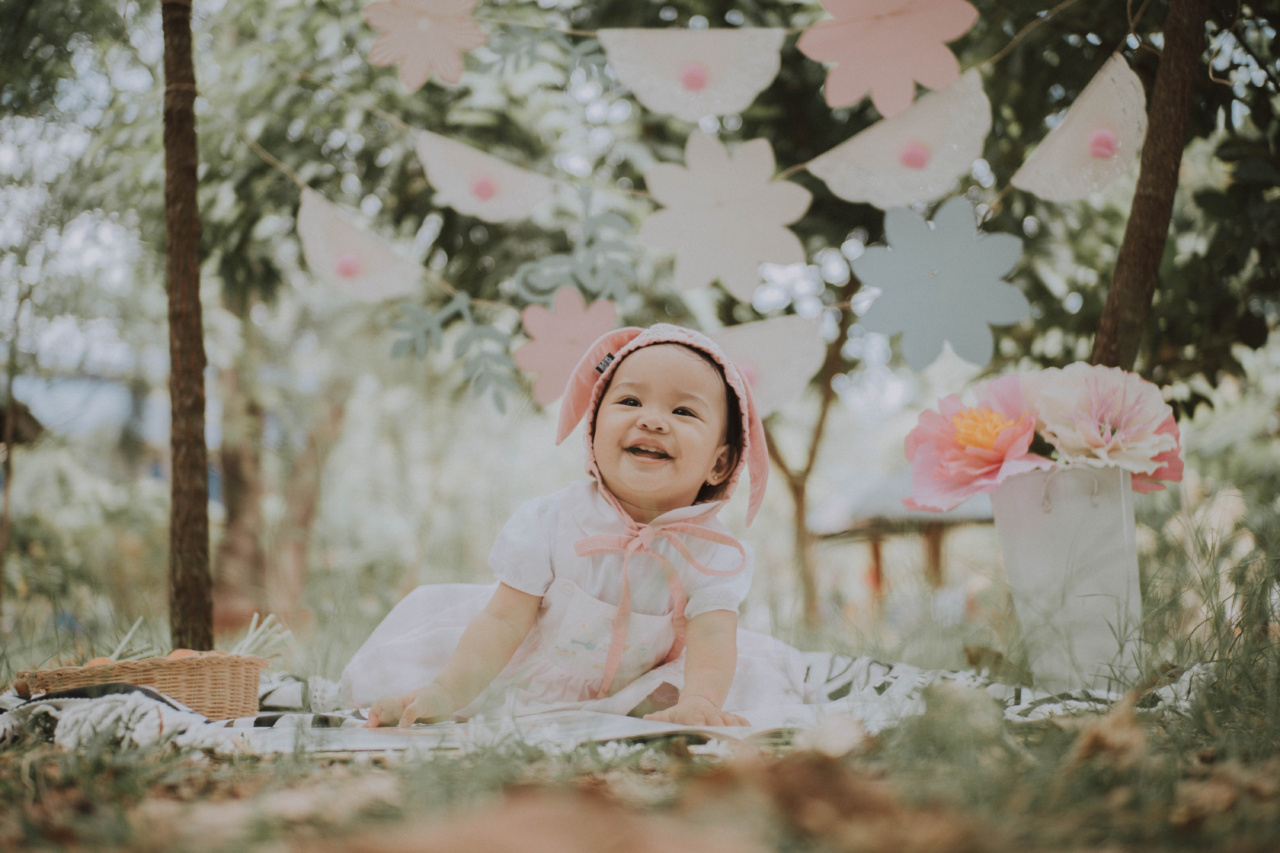Babies are born with beautiful, bright eyes that can seem to change color over time. When a baby is born, parents often wonder what color their eyes will be, and if they will stay the same or change as they grow.
The truth is that eye color can change in the first few months of a baby’s life, and even up to a year or two old.
What Determines Eye Color?
The color of a person’s eyes is determined by genetics and the amount of pigment in the iris of the eye. The iris is the colored part of the eye that controls the amount of light that enters the eye.
The more pigment in the iris, the darker the eye color will be. The less pigment, the lighter the eye color will be. Eye color is usually determined by the genes passed down from parents, but there is a degree of randomness and variety among individuals.
Babies Are Born with Blue Eyes
Most babies are born with blue eyes, regardless of their parent’s eye color. This is because the melanin pigment that determines iris color is not yet fully formed in a newborn’s eyes.
As a result, blue is the default color that shines through the iris. However, this does not mean that every baby will end up with blue eyes.
Eye Color Can Change in the First Six Months
Eye color can change in the first six months of a baby’s life. As the baby’s melanin levels increase, the color of their eyes can shift from blue to green, hazel, or brown.
This is because melanin is responsible for the color of the iris, and as more melanin is produced, the iris becomes darker. Parents who are hoping for a certain eye color for their child may have to wait until after the six-month mark to see if their hopes are realized.
Even Up to Two Years Old
It is not uncommon for a baby’s eye color to continue to change even up to two years old. While most of the changes occur in the first six months, some babies’ eyes will continue to shift and change until they reach toddlerhood.
Parents should not worry if their child’s eye color changes several times during this period as it is perfectly normal.
Eye Color Is Genetically Determined
While there is some variation in eye color due to melanin production, the color of a baby’s eyes is largely determined by their parents’ genetics.
The genes responsible for eye color are complex and involve multiple factors, but in general, brown eyes are dominant over blue or green. This means that if one parent has brown eyes, there is a higher chance that the baby will also have brown eyes. However, if both parents have blue eyes, it is possible for the child to inherit blue eyes as well.
Rare Eye Colors
While brown, blue, and green eyes are the most common eye colors, there are other rare eye colors that occur due to genetic mutations. These colors include amber, gray, and violet.
These mutations are rare and can occur in any population, regardless of ethnicity. It is not always clear where these genetic mutations come from, but they can be passed down through families.
Conclusion
The color of a baby’s eyes is determined by genetics and the amount of pigment in the iris.
While babies are born with blue eyes due to the lack of melanin in their eyes, their eye color can change in the first six months of life and even up to two years old. Eye color is mostly determined by the genes passed down from parents, but there is some degree of variation and randomness. Regardless of a baby’s eye color, they are sure to grow into beautiful and unique individuals.































